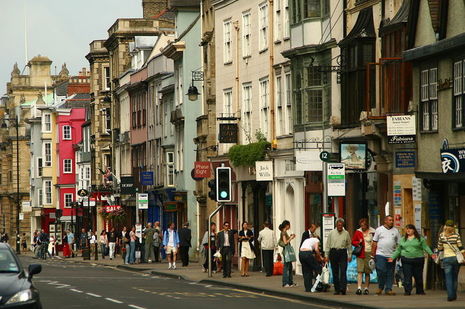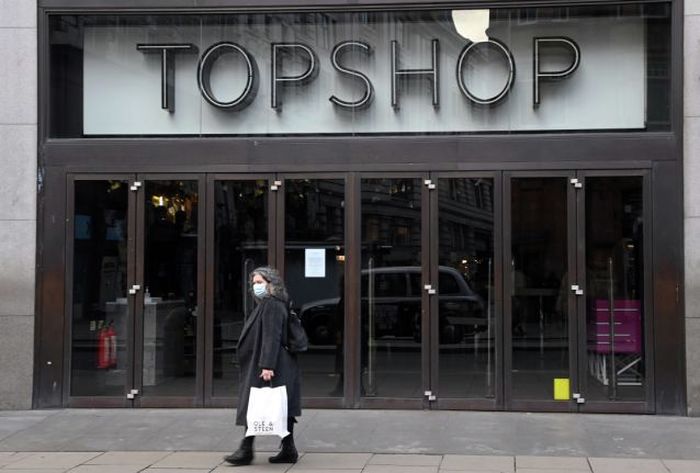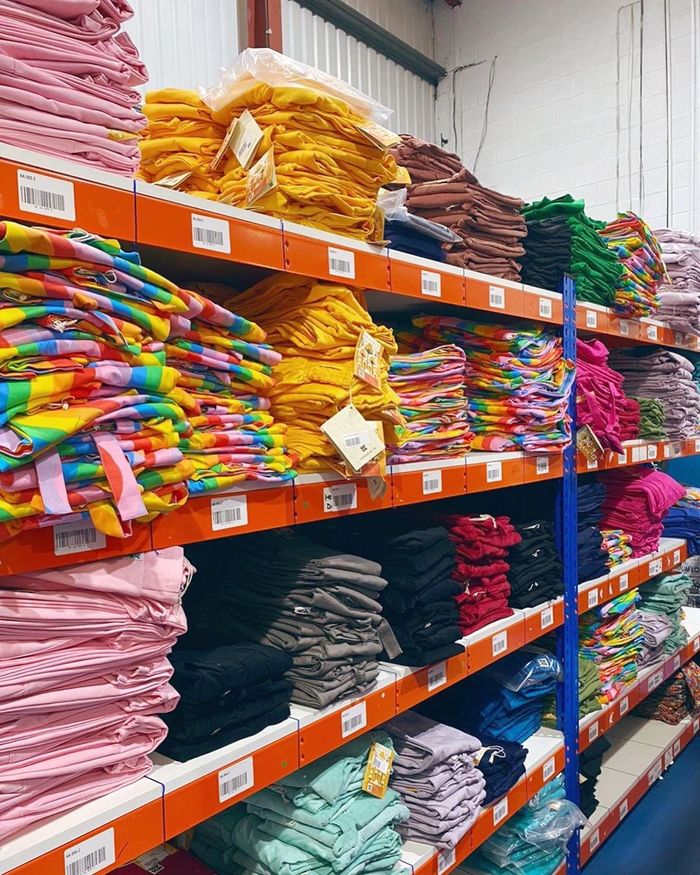Topshop’s demise was inevitable
Arcadia may have fallen into administration only recently, but the writing has been on the wall for one of its biggest brands for some time, argues Lucie Richardson.

Content Note: This article contains discussion of body image issues.
Owned by the Arcadia group, Topshop was once the authority on fashion, boasting catwalk trends for high street prices. Where that high street was I am unsure, but judging by the prices it must have been Billionaire’s Row, Manhattan. As the number one destination for trendy pieces, Topshop’s wares could be spotted on the likes of Alexa Chung, Laura Whitmore and Fearne Cotton. It was renowned as one of the primary stockists of Beyonce’s lucrative Ivy Park range, and over the years has fronted campaigns featuring Cara Delevigne, Taylor Hill and Kate Moss. However, on Tuesday 1 December Arcadia, which owns Topshop along with brands Burton, Dorothy Perkins and Miss Selfridge, went into administration. The future of Topshop is now uncertain.
To me, this came as no surprise. I had already noticed the brand’s decline in popularity and while Topshop had formed the backbone of my teenage wardrobe, I had already decided to take my custom elsewhere.
“What should have been an opportunity to experiment with fashion was a traumatic experience that still affects how I view my body.”
This was largely on account of the distorted sizing. After spending years desperately trying to vacuum pack myself into clothes designed for Sylvanians, I realised that this was, unsurprisingly, not conducive to good mental health. At Topshop I, like most people, had to buy clothes several sizes larger than in any other shop. Evidently, the ideal woman that the brand envisaged was one who had had her pelvis surgically removed; what should have been an opportunity to experiment with fashion was a traumatic experience that still affects how I view my body. Such warped sizing is enough to make the most body-confident person want to weep, and can be triggering for someone with a pre-existing condition.
The second reason I decided to avoid the brand was a reluctance to give my money to a character as dubious as Sir Philip Green. With the shadow of the BHS pension scheme looming at his shoulder like a Dickensian ghost, it is difficult to see the Arcadia tycoon in a positive light. A reputation for bullying and a string of businesses in administration trail in his wake; throw in a generous helping of NDAs, harassment accusations and increasingly loud calls to revoke his knighthood and we have all the perfect ingredients for a pantomime villain. Previously hailed as a retail tycoon, Green is now cast by the media as a sleazy version of Midas, with everything he touches tainted by controversy or financial decay. Images of Green’s enormous superyacht accompanying interviews with concerned Arcadia employees are certainly enough to make even the most enthusiastic capitalist holler for the guillotine.
At this point I must admit that there are several items of Topshop clothing hanging in my wardrobe, most of them scavenged from preloved sites. Some of the designs are a good mix of edgy and wearable, even if to find them one has to filter through those which either look like they have been worn by a Victorian great-aunt, or could be the discarded remnants of a Bjork video. In recent years, however, Topshop has completely lost sight of its consumer base. The inflated prices alienate a teenage market, and the increasingly avant-garde designs seem odd choices even for fashionable young professionals. Granted, the clothes have always been strange, but now they are downright ugly.
“Brands know they must pay attention or risk falling behind”
Topshop has further failed to capitalise on two significant movements shaping the fashion industry: a call to design and market clothes to a more diverse range of body types and our increasing scrutiny of fast fashion. Thanks to the work of social media activists from a variety of movements, such as body positivity, fat acceptance and body neutrality, consumers are holding brands accountable for the images they project. Even Hollister, Abercrombie and perhaps most notably Jack Wills, which historically has relied on pushing clothes designed for thin, upper-class white people, have begun to adapt their target market to one that better represents real bodies. Designers which once sought to create an air of exclusivity by alienating all those who did not fit this ideal have now realised that this is no longer en vogue: brand campaigns increasingly feature models of a range of ethnicities, shapes and sizes. Looking at their website, Topshop has yet to accept this, which is in part responsible for its dwindling popularity.
With shoppers now more socially and environmentally conscious, brands know they must pay attention or risk falling behind. Recently, investigations into factories in Leicester that supply garments for Boohoo have exposed illegal rates of pay and terrible working conditions. As well as being terrible PR for the previously popular brand, these revelations had financial repercussions: shares in Boohoo plummeted in July. Meanwhile, the Black Friday sales have further highlighted the unfair profit margins used by fast fashion brands. With companies selling reduced garments for less than a pound and still making a profit, customers know how little is paid to the workers who make them.
As Helle Abelvik-Lawson has stated in an article for Greenpeace, while these low-cost garments might seem like bargains, they cost our planet dearly. Increasingly, fashion lovers are interrogating how much their appetite for clothing contributes to global warming: the World Bank stated in 2019 that the fashion industry was responsible for 10% of annual global carbon emissions, which is predicted to surge by over 50% by 2030. It is undeniably important that everyone should have access to affordable clothing, and it is therefore unfair to criticise those who rely on fast fashion. Instead, Abelvik-Lawson believes that the problem is overconsumption and the perception of clothes as disposable. Consumers are now encouraged to buy pieces that they intend to wear for more than just one season, which conflicts with Topshop’s consumer model - reliant instead upon buyers regularly purchasing new clothes to keep up with current trends.
The tide is turning on fast fashion. I am not a financial analyst, nor am I a business expert; but what was once a highly popular and influential brand has failed to listen to customer concerns and to adapt over time. While the future of Topshop and its sister companies remains uncertain, Arcadia’s difficulties illustrate the power consumers have, perhaps more than they are aware of, and shows that big brands who once claimed to be the authorities on fashion would do well to listen to us.
The news of Arcadia falling into administration may have shocked many. I am not at all surprised.
 News / Downing investigates ‘mysterious’ underground burial vault 29 December 2025
News / Downing investigates ‘mysterious’ underground burial vault 29 December 2025 News / Unions protest handling of redundancies at Epidemiology Unit30 December 2025
News / Unions protest handling of redundancies at Epidemiology Unit30 December 2025 Lifestyle / Ask Auntie Alice29 December 2025
Lifestyle / Ask Auntie Alice29 December 2025 Features / ‘Treated like we’re incompetent’: ents officers on college micromanagement30 December 2025
Features / ‘Treated like we’re incompetent’: ents officers on college micromanagement30 December 2025 Science / Astronomical events to look out for over the break29 December 2025
Science / Astronomical events to look out for over the break29 December 2025











